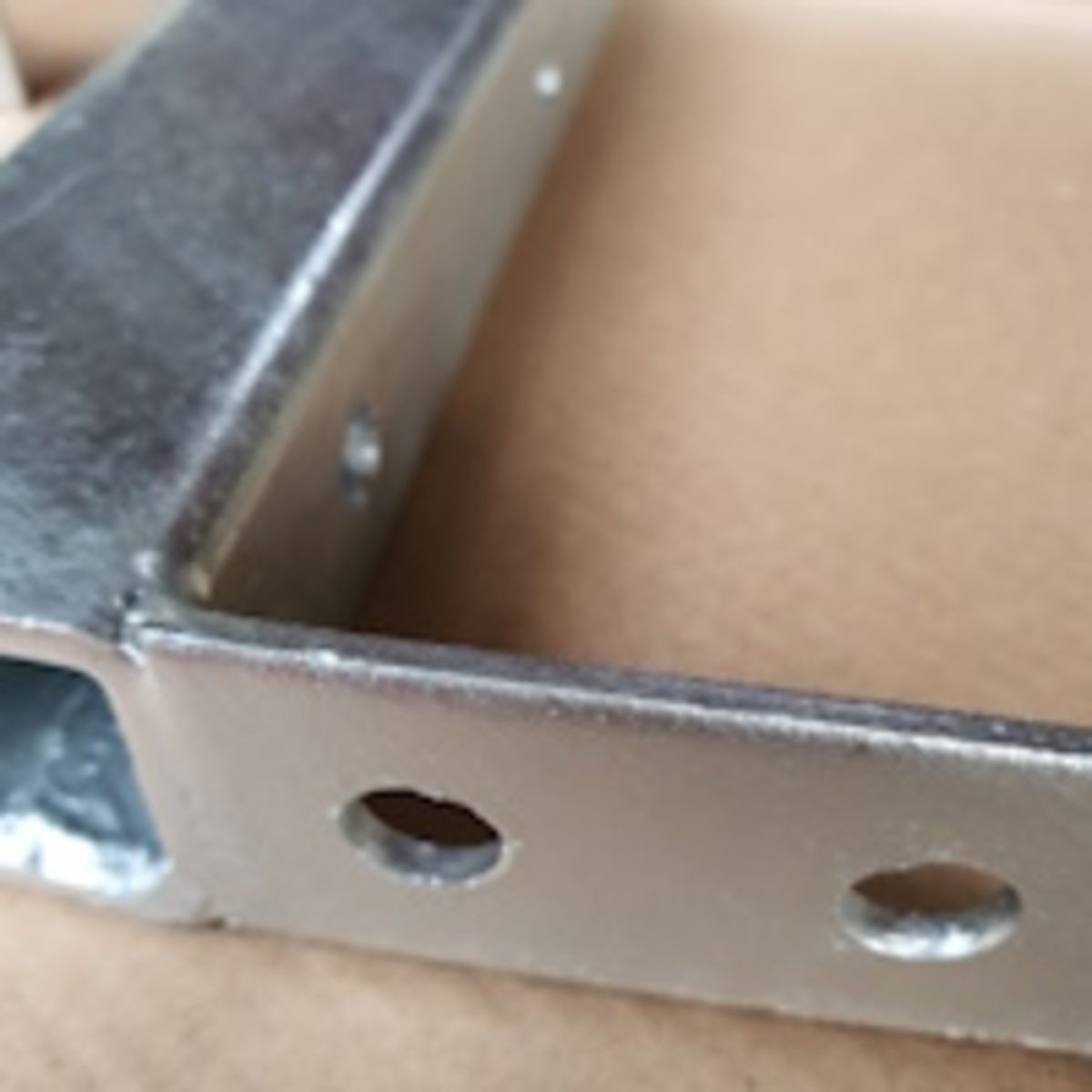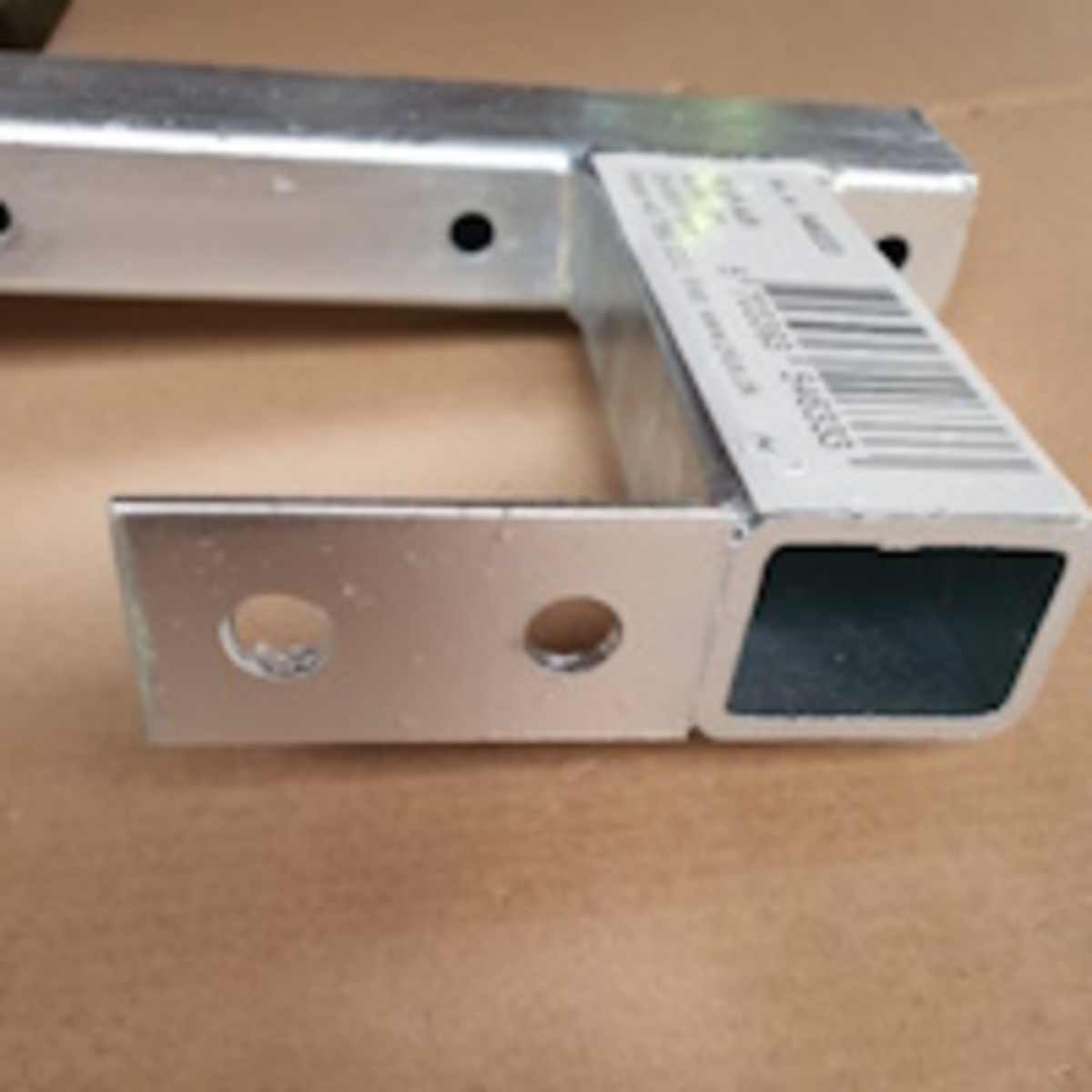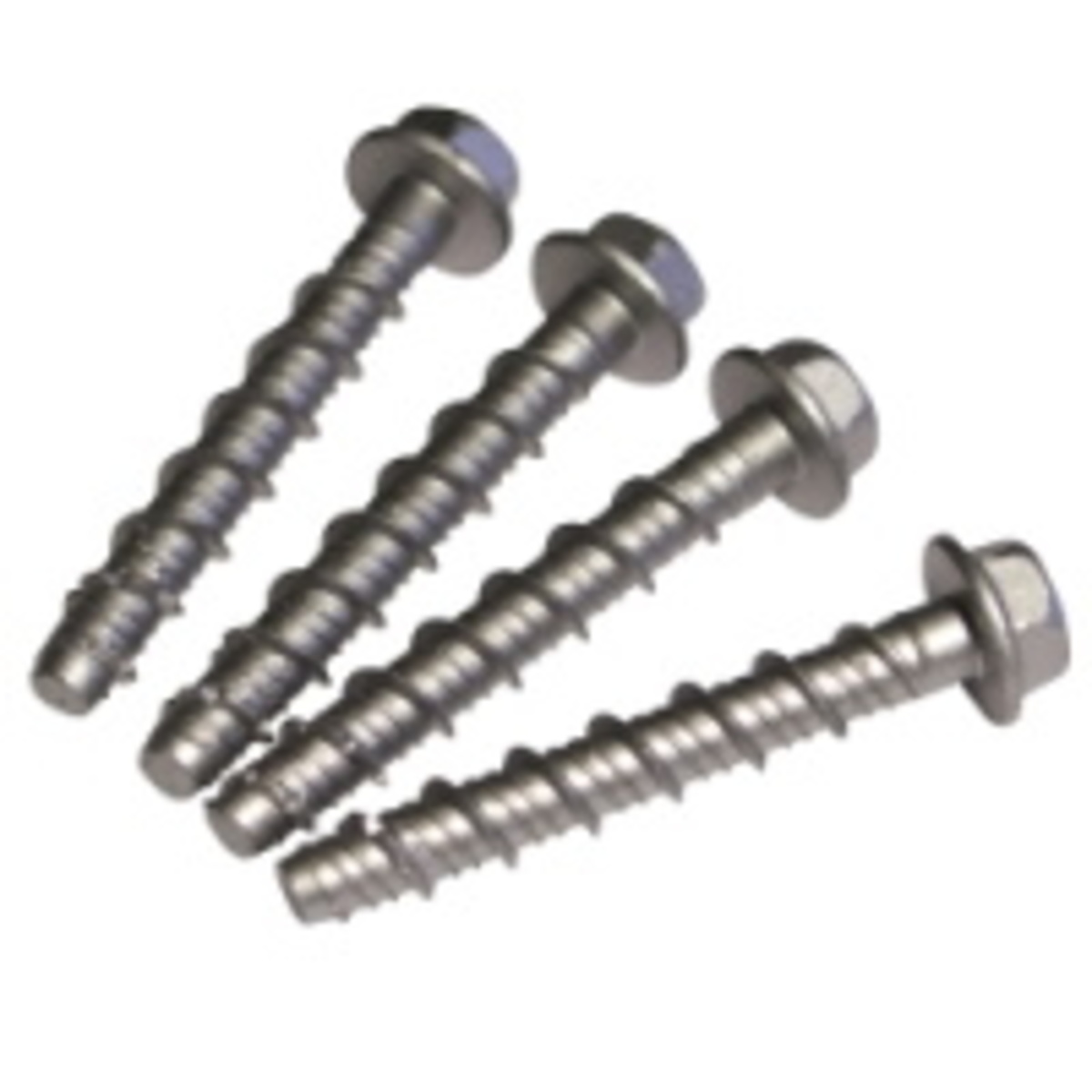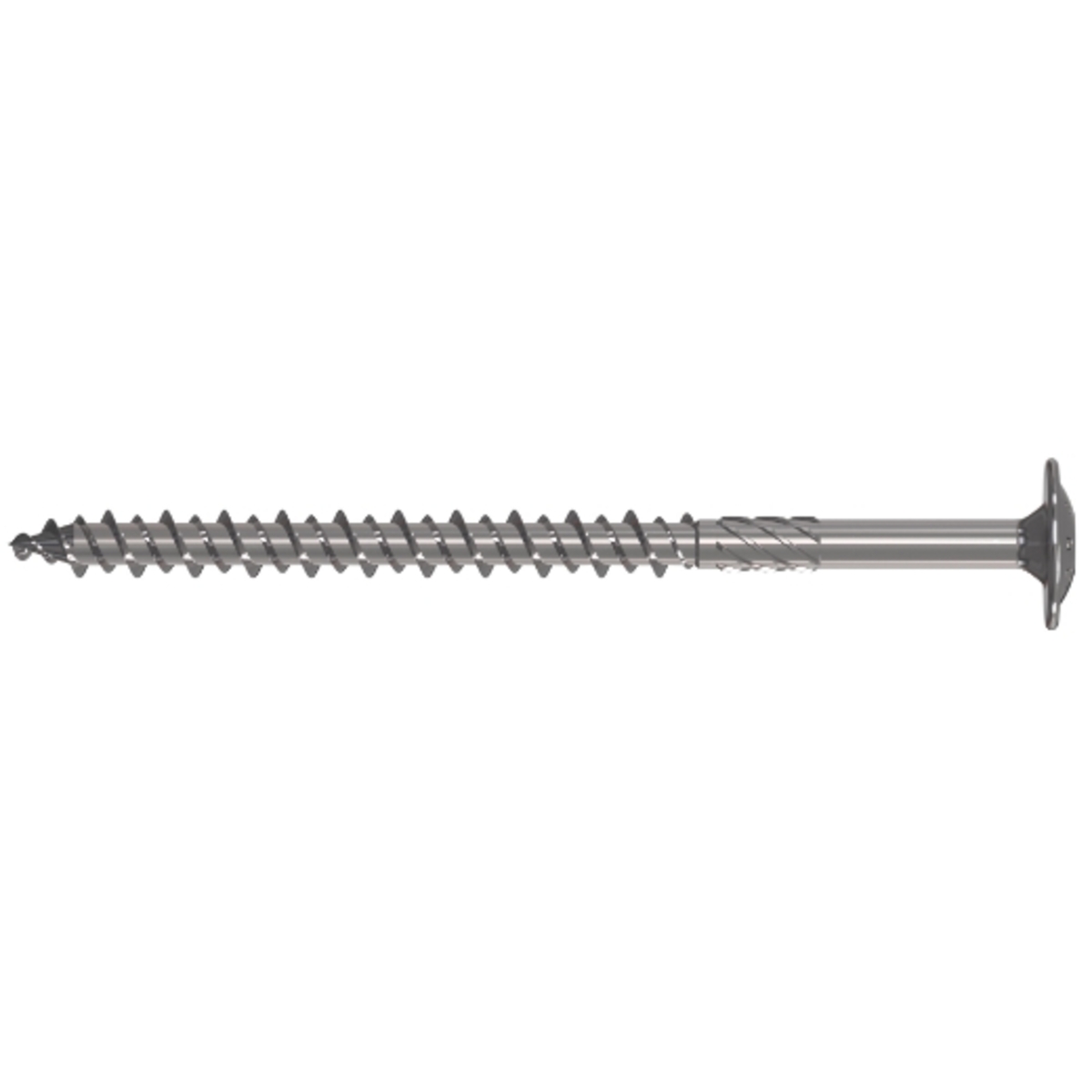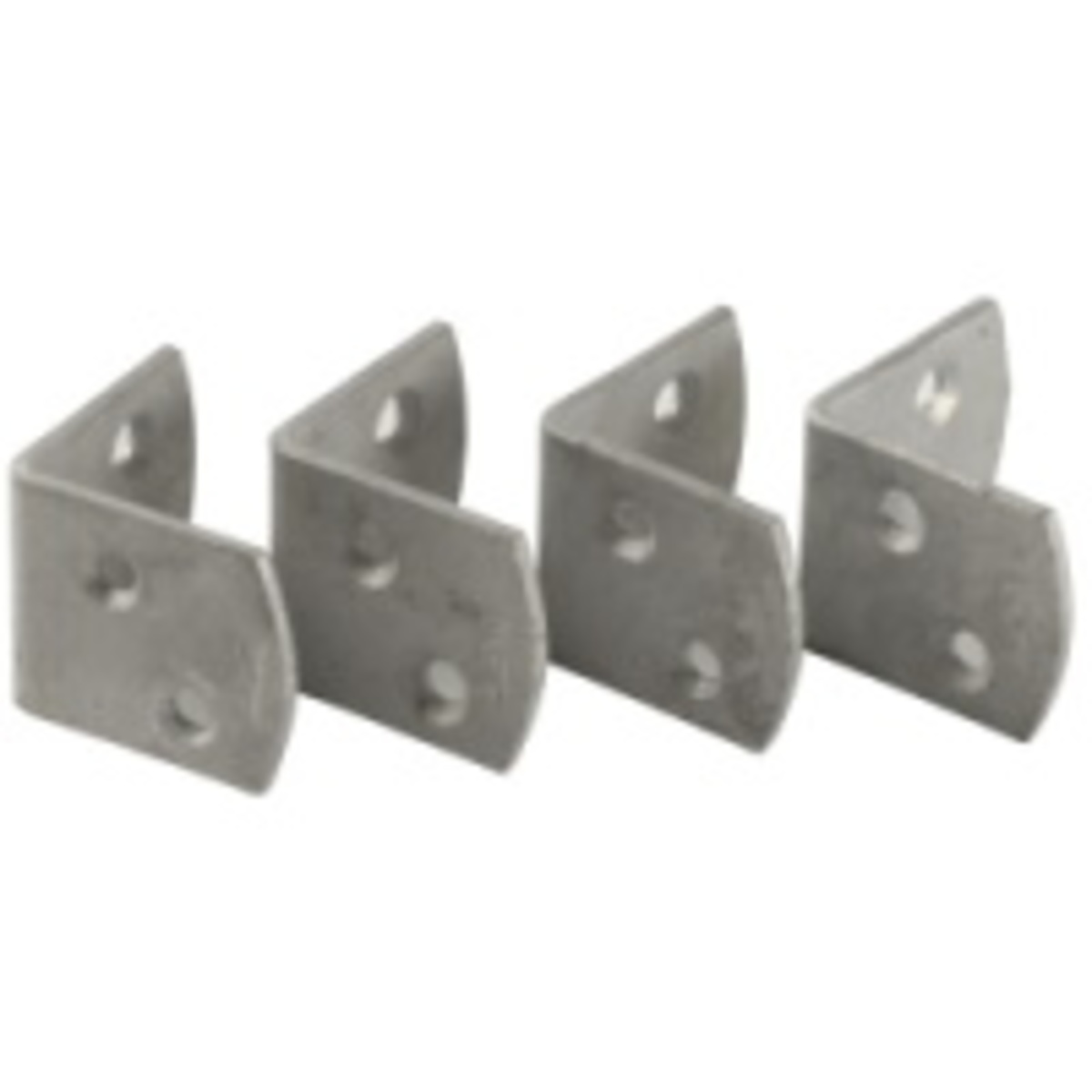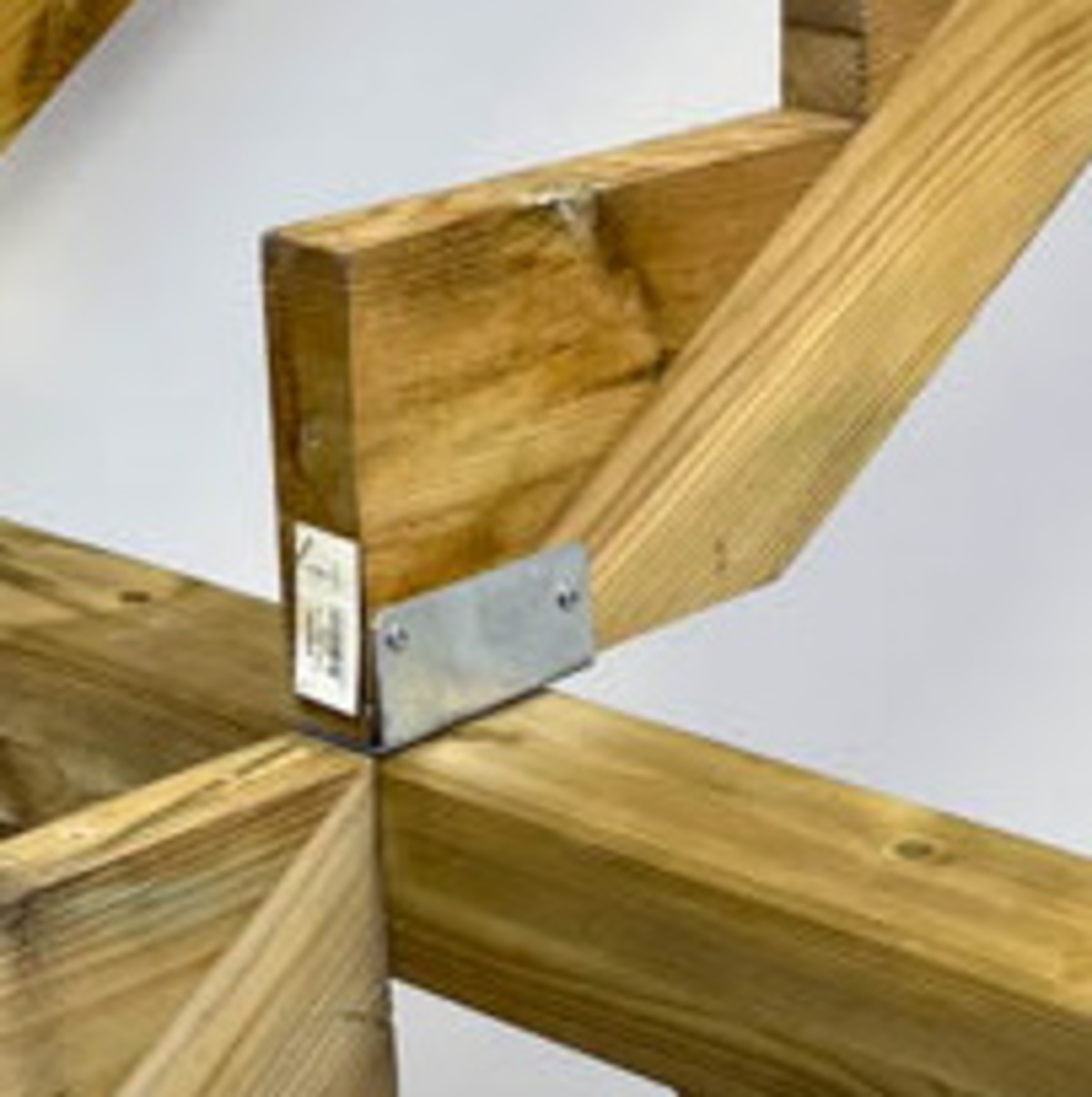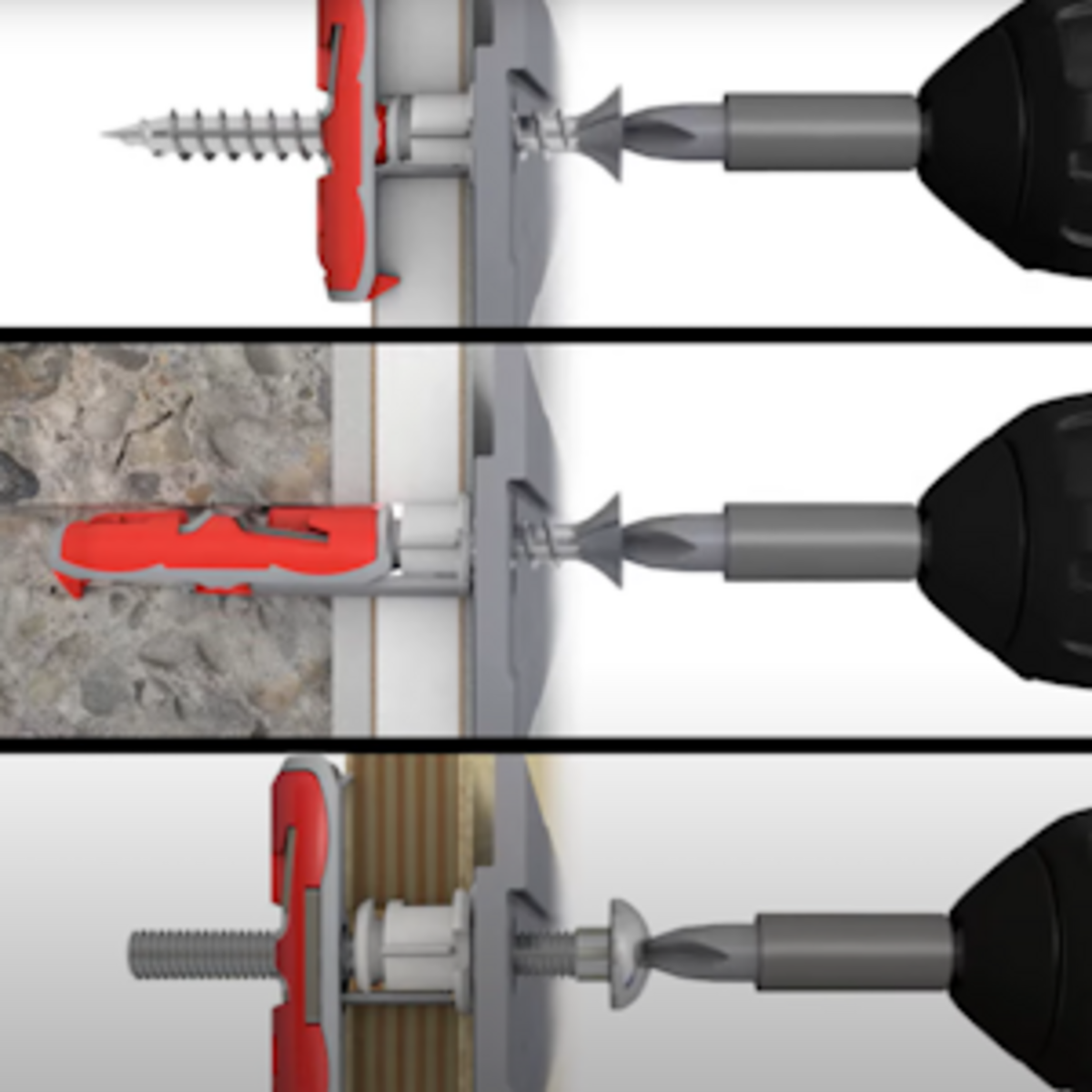
How do you attach deck stairs to a wall?
We regularly get the comment from our customers that our kit for deck stairs is not complete because it does not include fixing materials for fixing against the wall.
This is not something we have forgotten, this is completely on purpose!
This is because how you attach deck stairs to the wall depends on the type of wall you have, AND whether you have chosen for metal or wooden stringers.
We have no way of knowing that, which is why we do not include fixing materials with our kits!
So below is a list of different types of walls and our advice for fixing your deck stairs against these different types of walls or on different surfaces.
My apologies by forehand......
- You ask a technical question, so you get a technical answer! No other possibilitie, I do not want to give ony half advice.
Do you this all way too difficult and do you just want a simple and sturdy solution without having to use any technique? Then opt for support posts. My customer service team can also recommend nothing else but the technical solutions below. (Safety first!)
Do you have any more questions? Feel free to send them by email, chat or WhatsApp to our customer service team, we will add your question as soon as possible (and answer it of course ;-) !
Don't fancy the hassle of drilling into a wall, plugs and other tricky stuff? (Or do you live in a rental house and are not allowed to drill into the walls?)
Then just order our easy support post for wooden deck stairs, just screw each stringer against 1 post and done! The deck stairs then become self-supporting and don't need to be screwed to anything.
Эмоции и азарт никогда не угасают, благодаря разнообразию развлечений в 1Вин, где каждый найдет что-то по душе.
New users at Glory Casino receive a generous welcome package upon registration.
Букмекерская контора Мостбет поддерживает быстрые выплаты и разнообразные платежные методы.
Sürətli ödənişlər və təhlükəsiz oyun mühiti üçün Pin up ideal seçimdir.
How to fix steel deck stairs or garden stairs?
Our outdoor stairs with steel stringers have the advantage that there is a lip with 2 holes at both the bottom and top of the stringer.
Thanks to this lip, you do not need a mounting bracket or the like, just insert thick TKS stainless steel screws Ø8mm and fasten!
Want to use a different screw or bolt? Then it is important to know that the fixing holes of the steel stringer have a diameter of Ø10mm, so you do need to use a screw or bolt with a large head.
What options do you have for securing the deck stairs steel and in which surface or wall?
- How to fix deck stairs steel in wood?
- How to fix deck stairs steel in a hollow wall or porous stone?
- How to fix deck stairs steel in a wall or floor made of concrete, brick or paving?
- How to fix deck stairs steel in soil or gravel?
Ouch, so many questions and even more different answers!
And all these dfferent answers depend on the type of wall or surface that you have at your place.
Just click on the different links here above and we will help you out!
How to fix deck stairs steel in concrete?
If you have a good, solid wall or surface that is made of concrete, the fixing of your deck stairs steel is real easy:
- Per stringer you buy one package of 4x heavy duty galvanized screw 8x65mm for fixation in concrete or wood
- Drill holes of Ø8mm and 70mm deep in your concrete in the right spotScrew the bolts through the
- Screw the screw through theSstringer ionto the concrete and the job's done!
(you do not even need plugs)
The specially developed screw thread gives them an excellent grip in wood and concrete and everything is literally immovable afterwards!
How to fix deck stairs steel in wood?
Fixing deck stairs in wood is an easy job.
You just need to be careful that your wooden wall or floor is thick and sturdy enough for your deck stairs.
And now, of course, you want to know how thick that wood needs to be....
Well, preferably 40mm thick or more.
Want to screw your deck stairs against terrace boards?
Those are usually less thick.
For fixing the deck stairs steel to the ground surface, this is not such a problem.
There, the screws should only prevent the deck stairs from slipping.
However, for the fixation against the wall, it is a bit more delicate because there is much more pressure on the screws.
If your wood is too thin, the deck stairs steel staircase will slowly pry out of the wooden wall.
If you are able to reach the back of the wooden wall, it is wise to attach an extra board or beam at the back so that the screws can turn in further and will thus have more grip.
You can also do this at the frontside of the wooden wall, but then it will hardly have any effect. After all, the screws of your extra board or beam won't go very far into the wooden wall either.
We recommend using 4x stainless steel TKS screws Ø8x40mm per steel stringer.
If your wood is thicker than 40mm, don't hesitate to choose a longer screw. The longer, the stronger!
How to fix deck stairs steel in a hollow brick wall?
Fixing deck stairs in a hollow brick wall can be a tricky job...
Before you read any tips, here are the differences between securing wooden deck stairs and deck stairs steel:
- The stair stringers in steel have a lip at the top and bottom with 2 Ø10mm holes
- Use 4x stainless steel TKS screws of Ø8x60mm per steel stair stringer
- Take Fischer Duopower plugs Ø10x50mm (unfortunately not yet available at Vinuovo)
- Drill holes with a concrete drill Ø10mm, 70mm deep
Now read our tips: How to fix an deck stairs in a hollow brick wall.
How to fix wooden deck stairs or garden stairs?
There are many different ways to secure an wooden deck stairs, how you do this depends mainly on the surface:
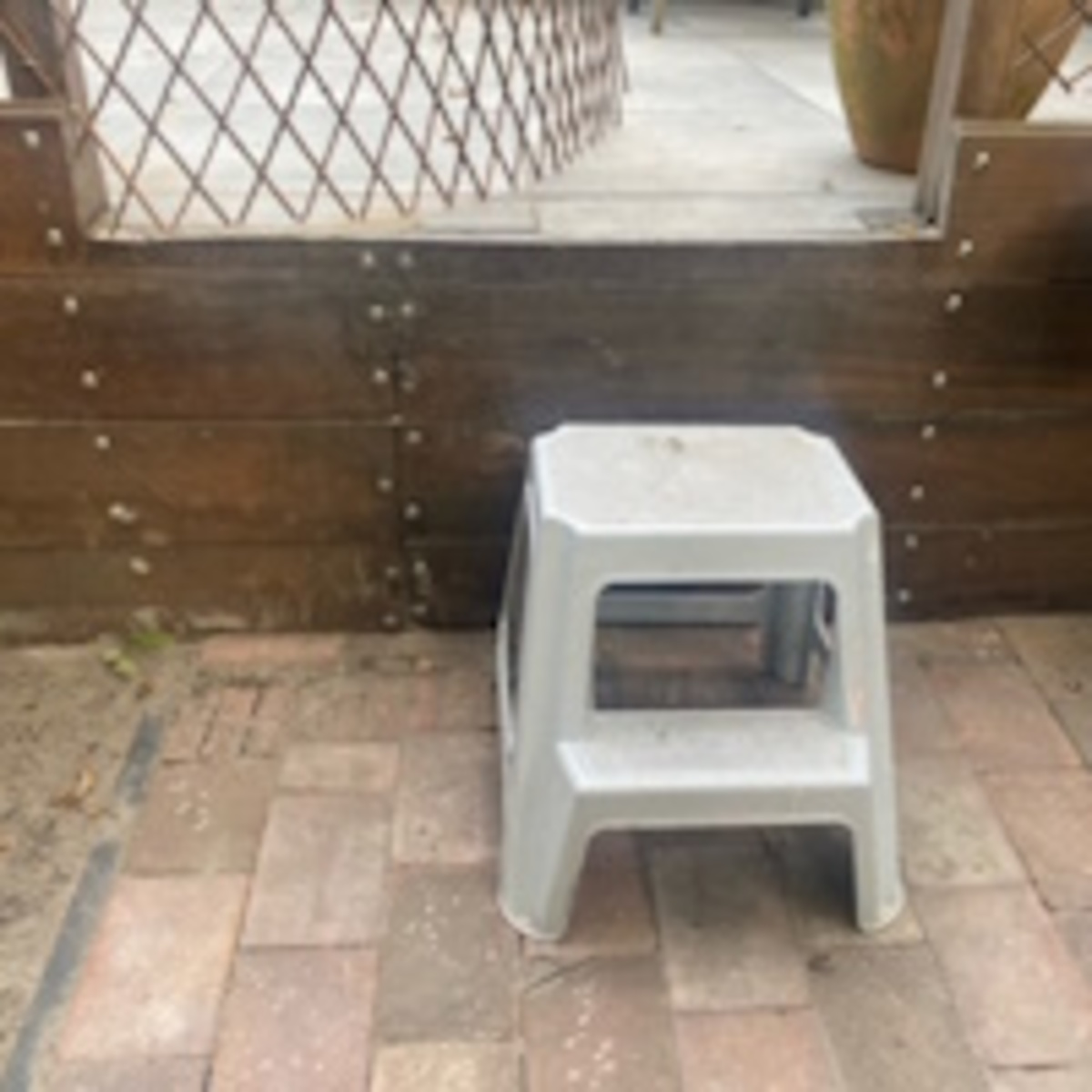

How to attach wooden deck stairs to a wooden wall?
This seems to be the easiest wall; just screw the garden stairs against it, of course!
Eeuuh, yes, true, but still there are some variations possible....
On the picture you can see a wooden wall from a customer who asked us for advice.
Read our questions and advice below:
Can you still reach the back of the wooden wall in order to screw on the deck stairs?
(On this picture of course impossible because then Dagmar would have to dismantle the whole terrace, which I'm sure she's not going to do!)
Answer: Yes, I can still reach it at the back.
That's nice, I like that! Whether you want to mount your wooden garden stairs against a wooden wall like on the picture, or against a thick wooden post, if you can reach it from the back, use 2 thick Ø8mm stainless steel TKS screws from Reisser, screw through the wall at the back and into the stringer. Do pre-drill Ø6mm holes to avoid splitting the wood.
Sorry, taking it easy, just some tips:
- What screw length do you choose?
Make sure the screw can turn at least 80mm into the stringer.
Is your wall less than 30mm thick?
Then choose a TKS screw 120mm long.
Drill a Ø6mm hole through your wall in the stringer (set the stringer at exactly the right height, of course!) and drill 70/80% of the remaining screw length deep into the stringer to prevent it from splitting.
I've lost you already I think, just a calculation example:
-your wall is 27mm thick
-your screw is 120mm in length
- 120-27 = 93mm
- 93 x 0,7 (=70% of the remaining screw length) = 65,1mm.
-So you are drilling about 65mm deep into the stringer. Don't worry, that really doesn't come down to the millimetre!
-but how do you know how deep you are drilling? In this example, take the wall thickness of 27mm + the drilling depth in the stringer of 65mm = a total of 92mm.
Fix your Ø6mm wood drill bit in your drill and measure from the tip 92mm. Draw a line on the drill bit with a marker. Drill through your wall into the stringer (please drill straight ;-)) and stop when the line of the marker touches your wall. Again, doesn't come to the millimetre exactly, don't panic!
Now screw in the TKS screw and secure the stringer. - Sorry, again I am not thinking, I ask you to use 2 screws per stringer and now of course you want to know at what height you should drill those holes now....
Suppose you have a stair tree of 4 treads, 68cm high.
- The height of the piece of wood that meets the wall is about 13cm. I recommend that you stay 2-3cm from the outer edge.
- The hole for the highest screw: the stringer is 68cm minus 3cm = 65cm high
- The hole for the lowest screw: the stringer is 68cm minus the height of the wood 13cm, plus 3cm = 58cm high
- The height of the piece of wood that meets the wall is about 13cm. I recommend that you stay 2-3cm from the outer edge.
- Of course, you try to drill in the centre of the stringer and as straight as possible, otherwise you run the risk of the screws in the edeck stairs coming out on the side or tearing out the wood.
Ouch, do you still find this very complicated? Then just choose to simply put support posts under your deck stairs, you're done in one go and your garden stairs are simply solid!
But... when the deck stairs are freestanding with support posts, they could slide away, right?
Yes, right, they could. To prevent this, fix the support posts to your wooden wall with small corner brackets, so you don't have to reach at the back, nice and easy! That way your deck stairs can't slide away and are still firmly in place.
Still, it turned into a long explanation, and this was still the simplest solution for attaching deck stairs to a wooden wall.
You can't reach the back of the wooden wall in order to secure your deck stairs?
Not to worry, we also have solutions for this situation.
It is important however, that the wooden structure to which you are going to attach the deck stairs are thick enough and of good quality.
Good solid wood, not old and half rotten.
But what is thick enough?
We will explain here under for each solution.
Fastening brackets
Fixing the deck stairs with fastening brackets is the easiest and cheapest solution by far.
Not the strongest, but it will do the job if the deck stairs are only used casually. This way of fixing deck stairs is NOT suitable when the stairs are used for professional purposes!
Suitable for a minimum wood depth of 27mm.
If the wall is irregular, it can be difficult to straighten the fastening bracket properly.
Mounting brackets
Mounting brackets are a good and sturdy solution.
Unfortunately quit visible and thus less esthetic.
For sturdy mounting, you need a minimum wood thickness of 50mm.
The stainless steel screws you need for mounting in wood are included.
How do you fix deck stairs in a hollow, stone wall?
with a wall of stone, you must think that's strong....
Unfortunately but NO!
Especially not when the wall is hollow.
And this is often the case with modern stone walls made of hollow bricks. Here are a few examples:
CAUTION: never attachdeck stairs to a plaster wall, that really isn't strong enough!
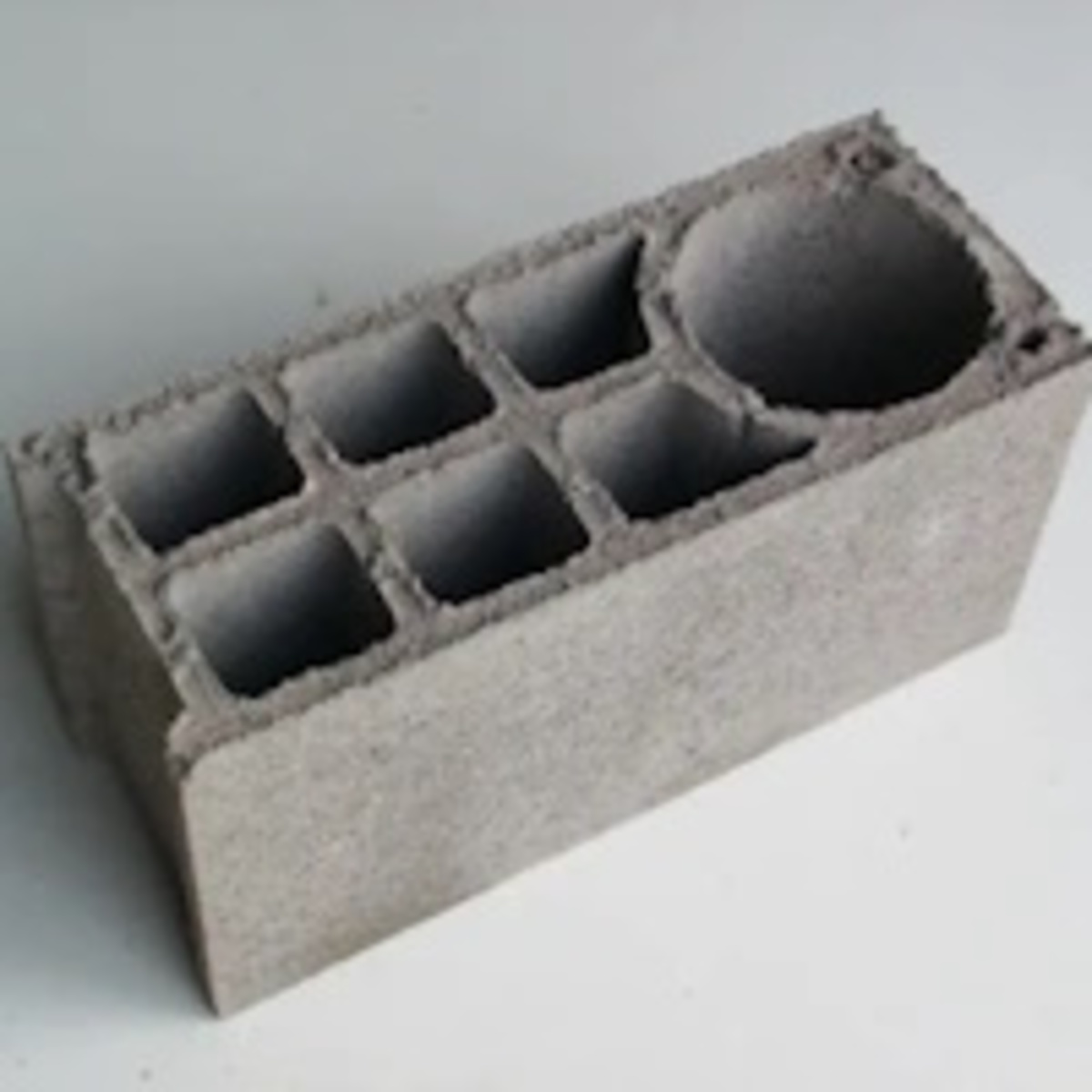

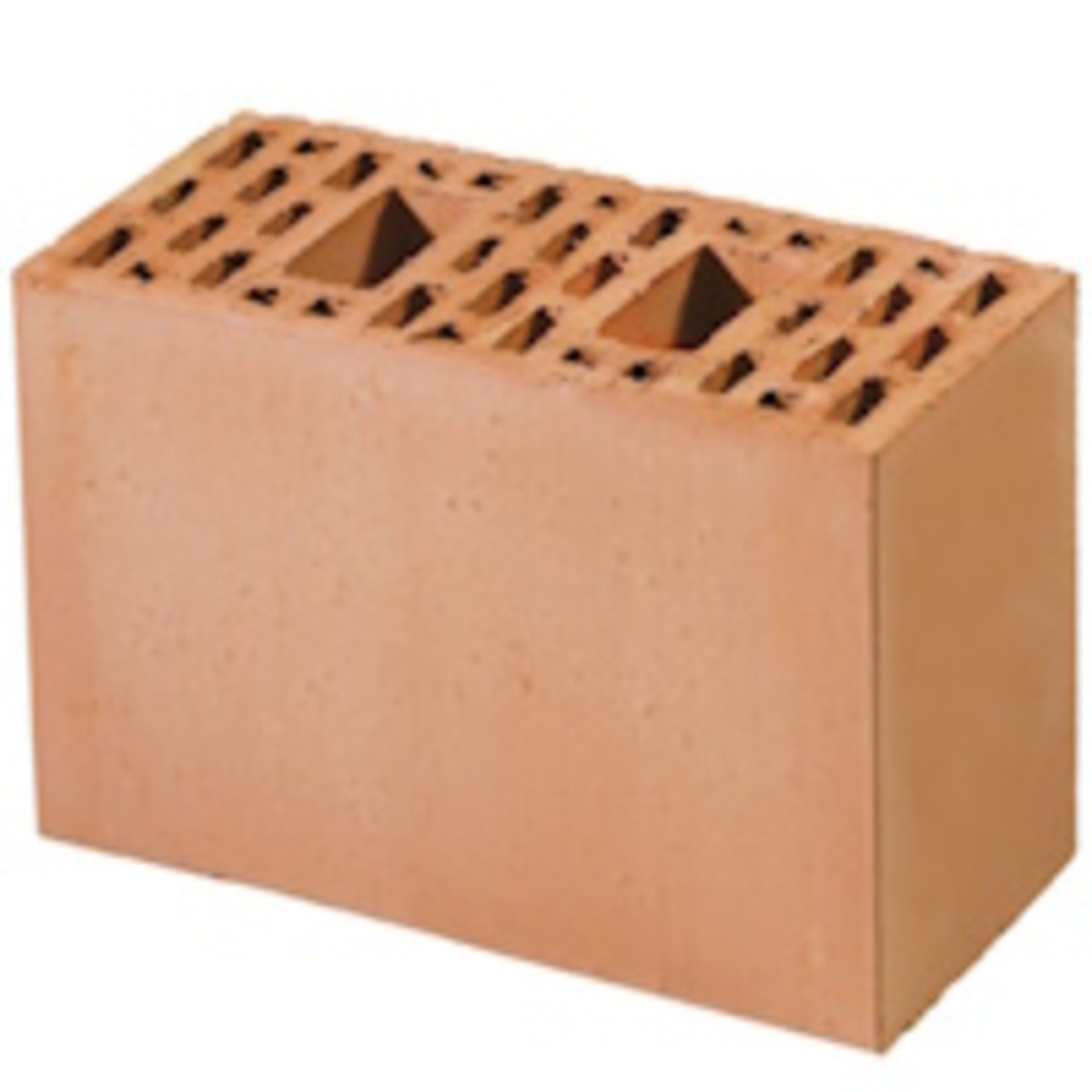

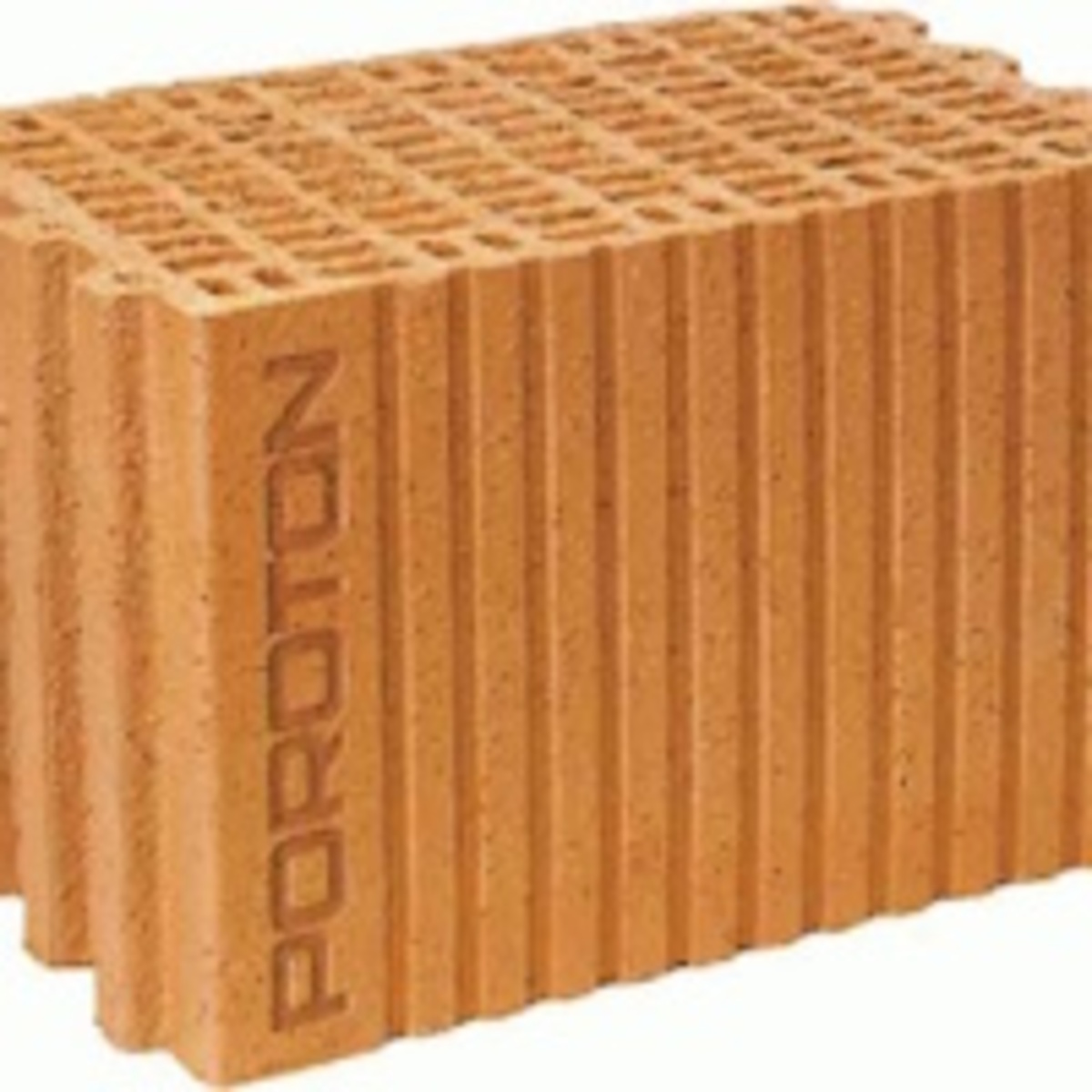

How do you find out if the wall behind your deck stairs is hollow?
You can tap it (softly) with a hammer, then you will usually hear it.
You'll know for sure when you put the drill in! Does your drill shoot through quickly, crumble the edges of the stone and then your drill floats in all directions?
Then you are in a hollow wall and you will have a problem fixing your deck stairs.
There are solutions to problems, but unfortunately all solutions are not always easy.
We are going to give you a few solutions below to fix your deck stairs securely against a hollow wall.
Our approach may differ slightly from the tips given by the fastener manufacturer, depending on which product you buy. Follow the manufacturer's instructions as much as possible.
What do you need to fix deck stairs against a hollow brick wall?
- First up is our mounting bracket to be screwed to the wall.
Would you like to order it? Then click on the image. Order 1 piece per stringer of your garden stairs, or 2 per stringer if you also want to use this mounting bracket for the floor mounting of your garden stairs.
The mounting bracket for deck stairs comes with stainless steel screws Ø4x50mm. Per bracket, 4 of these screws go into the wall, so you need to drill 4 holes per bracket and provide them with plugs. - Hollow wall plugs or chemical anchors so that your deck stairs can be screwed safely and securely into the hollow wall.
The major problem now is that you have to drill a lot of holes and need a lot of plugs. This is not so bad with a solid wall, but with a hollow wall, this can become very tricky.
Unfortunately, I cannot say how tricky, it really varies from wall to wall, and even from brick to brick.
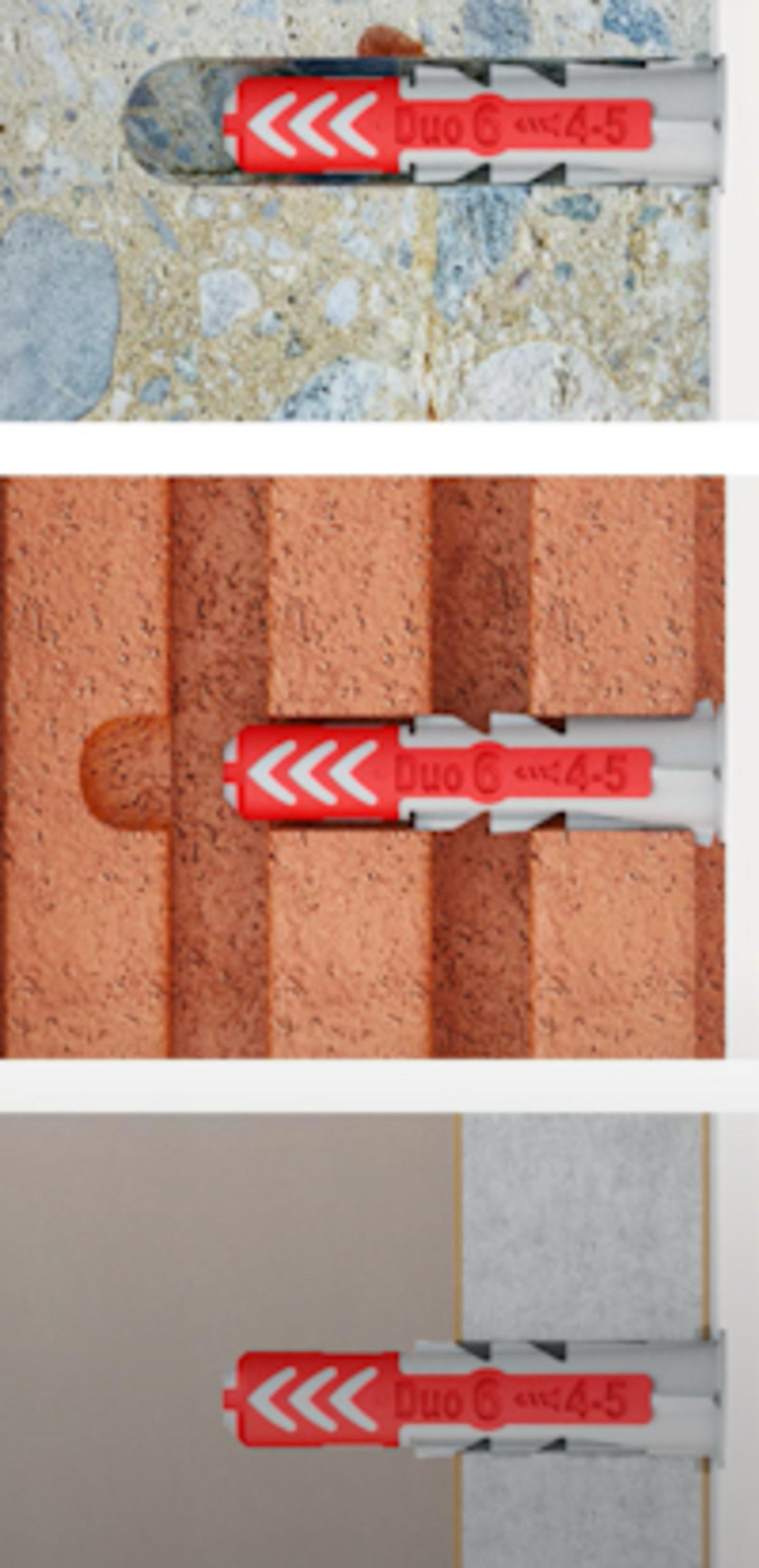

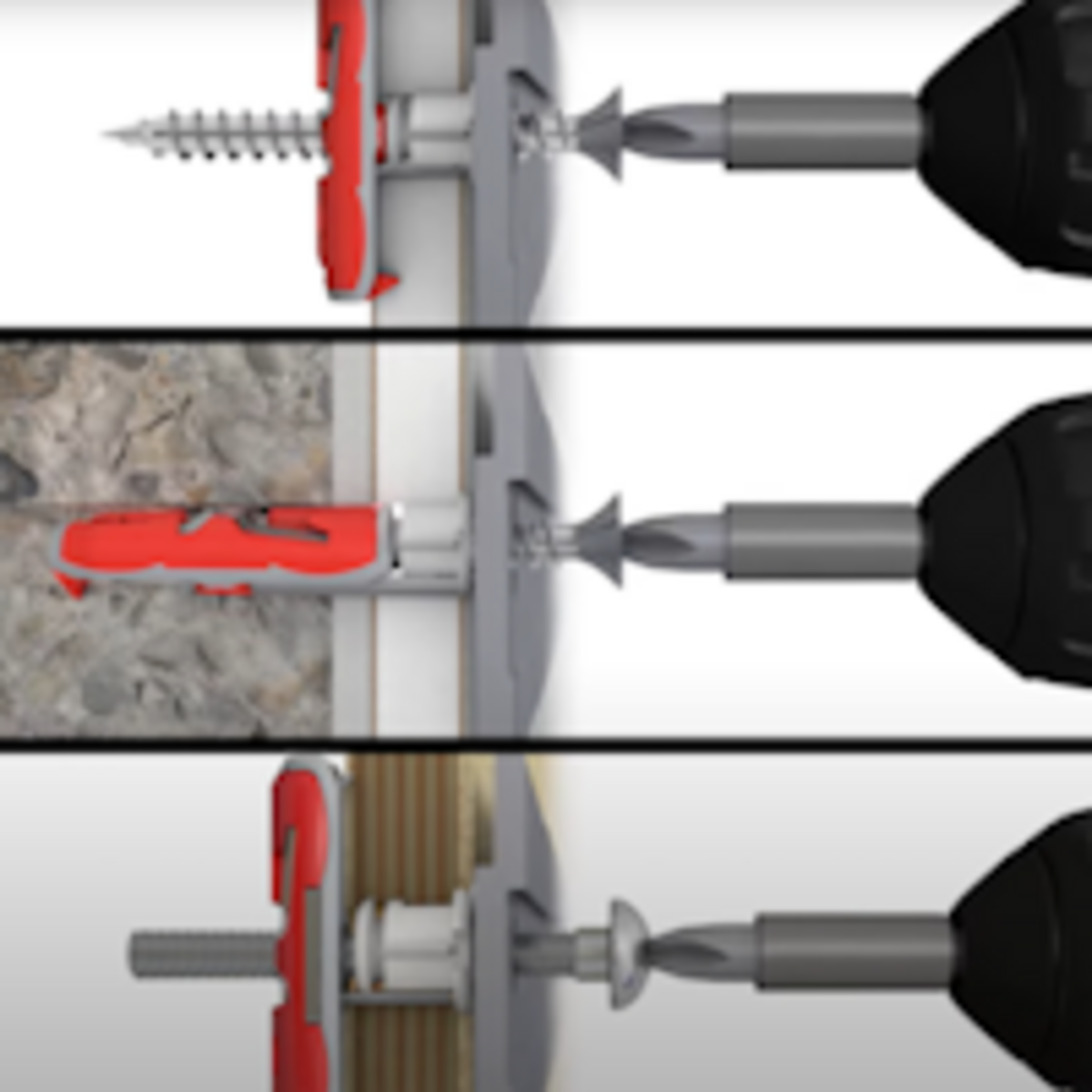

And now how do you mount the deck stairs to the wall?
- You will first need to choose which type of plugs you want to use.
We will show you some solutions below and how to use them to fix your deck stairs. We cannot give guaranteed advice without drilling into your wall ourselves.
Sometimes it can be easy. In the next steps, we hope it's easy, if it's not, we'll come back with a possible solution to fix your garden stairs. - First mark the holes for the mounting brackets on the wall.
(The location of the mounting brackets obviously depends on the height of your deck stairs and exactly where you want to place the stair stringers). - Start with a small Ø6mm concrete drill and drill 50mm deep.
If the edges of the hole look solid, even with a hollow space behind it, you can put Fischer Duopower plug Ø6x30mm there.
I generally have very good experiences with this plug. If your wall is really bad, this plug will not be sufficient.
When you find that there is a really large hollow space behind the first stone layer, the Fischer DuoTec plug comes highly recommended. This plug tilts behind the first stone layer and thus secures itself to a larger area. But this only works if there is enough space to tilt the plug.
(We cannot yet supply the Fischer Duopower and DuoTec plugs, but we are working on it!) - Secure the mounting brackets with the screws in the dowels and check that they are really tight!
Shite... Are the mounting brackets for the deck stairs not secure yet?
That's bummer! Now it gets trickier...
Have you tried the Fischer Duotec or do you not have enough space for that behind the first brick layer?
If the Duotec doesn't work either, there's nothing left but to go with a chemical anchor or injection mortar.
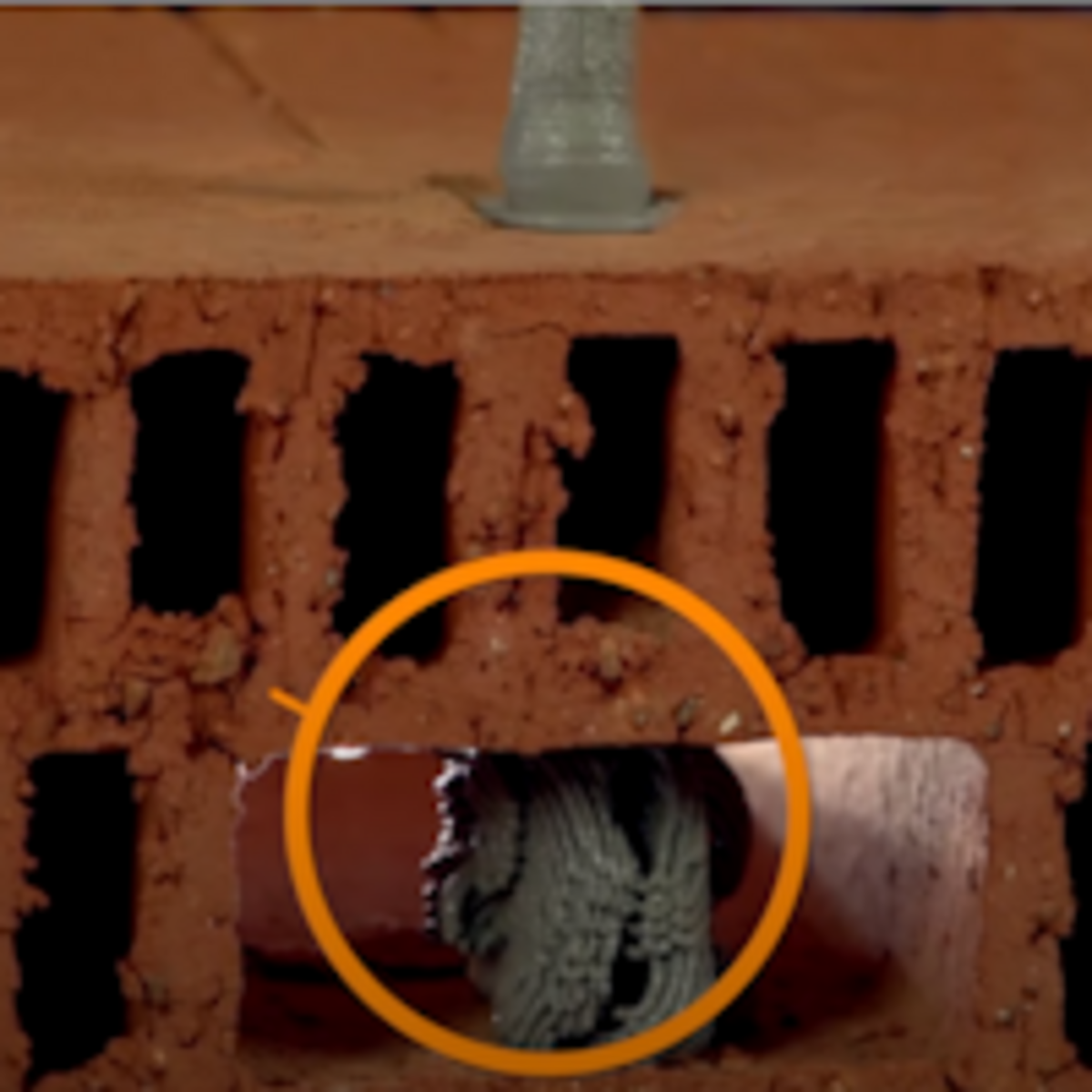

Wall mounting of deck stairs with a chemical anchor or injection mortar
When a regular plug turns dull or just doesn't take in a hole, you have no choice but to work with a chemical anchor or injection mortar.
These are products consisting of 2 components. A filler and a hardener, usually based on synthetic resins. They are sold in cartouches that usually fit in a standard caulk gun. The special nozzle on the cartouche mixes the 2 components when you spray it into the hole.
Because of the mixing, the filler hardens quickly (usually within 30 minutes) and your screw or plug is rock solid!
OK, but how can you use those products to fix your deck stairs?
First 1 question: is the wall hollow or just in really bad condition?
(Poor condition: crumbly brick or a porous brick that cracks out when you put a plug in it)
Using a chemical anchor to fix your garden stairs in a HOLLOW wall:
When the wall is hollow, you need a sieve plug. This is a special plug with holes. When you inject the chemical anchor here, it goes out through the holes and fixes itself behind the various layers that may be in your wall.
Using a chemical anchor to fix your garden stairs in a FULL wall but in poor condition:
Just spray it in, the chemical anchor fills in all the small spaces between grains of stone and so on and glues everything together, reinforcing the wall and still securing your deck stairs.
Ah, nice! a wonderful remedy then?
Yes, in itself, but wait a moment before cheering ;-)
- If the mounting brackets for your deck stairs are not tight only at a few holes, you can try spraying some "stuff" in those holes, insert a new Fischer Duopower plug and let it harden.
Then insert the screw and hope the plug stays in place. (Note, you can't reuse the DuoPower plugs.... If you had to loosen the other screws to remove the mounting bracket from the wall, you will have to put new plugs in the other holes as well! Then spray some chemical anchor in there as well, because the wall may be damaged by the first fastening...) - Chemical anchors are designed to insert studs. You let the anchor harden and then you slide the material you want to attach over it and secure it with a nut.
So that doesn't work with the mounting brackets for our deck stairs. It does work perfectly when you use a metal stringer, by the way.
There is no room inside the mounting bracket to screw a nut onto the stud... if you do succeed, there is no longer enough space to insert and secure the wooden stringer.
But we have a solution for that too;
- place your sieve plug in the case of a hollow wall, or inject the chemical anchor into the crumbling hole.
- Insert a DuoPower plug Ø6x50 and allow to harden, the DuoPower plug is then firmly in place. Then use the screws supplied with the mounting bracket to screw it into the plug.
- Have you chosen steel deck stairs? Then use stainless steel TKS screws Ø8x60mm and Duopower plugs Ø10x50mm
Did you manage?
Bravo!
You can now sincerely call yourself a real do-it-yourselfer!
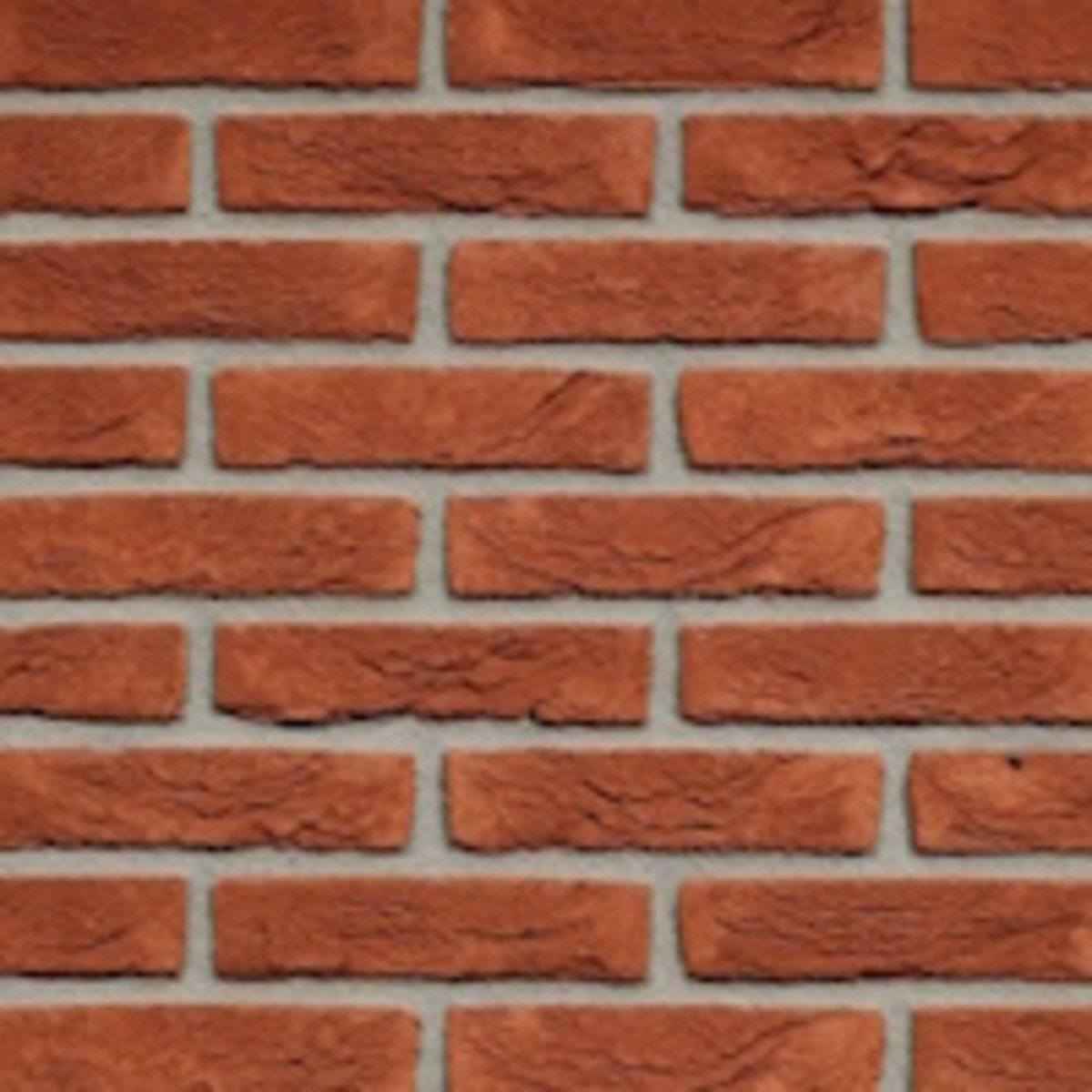

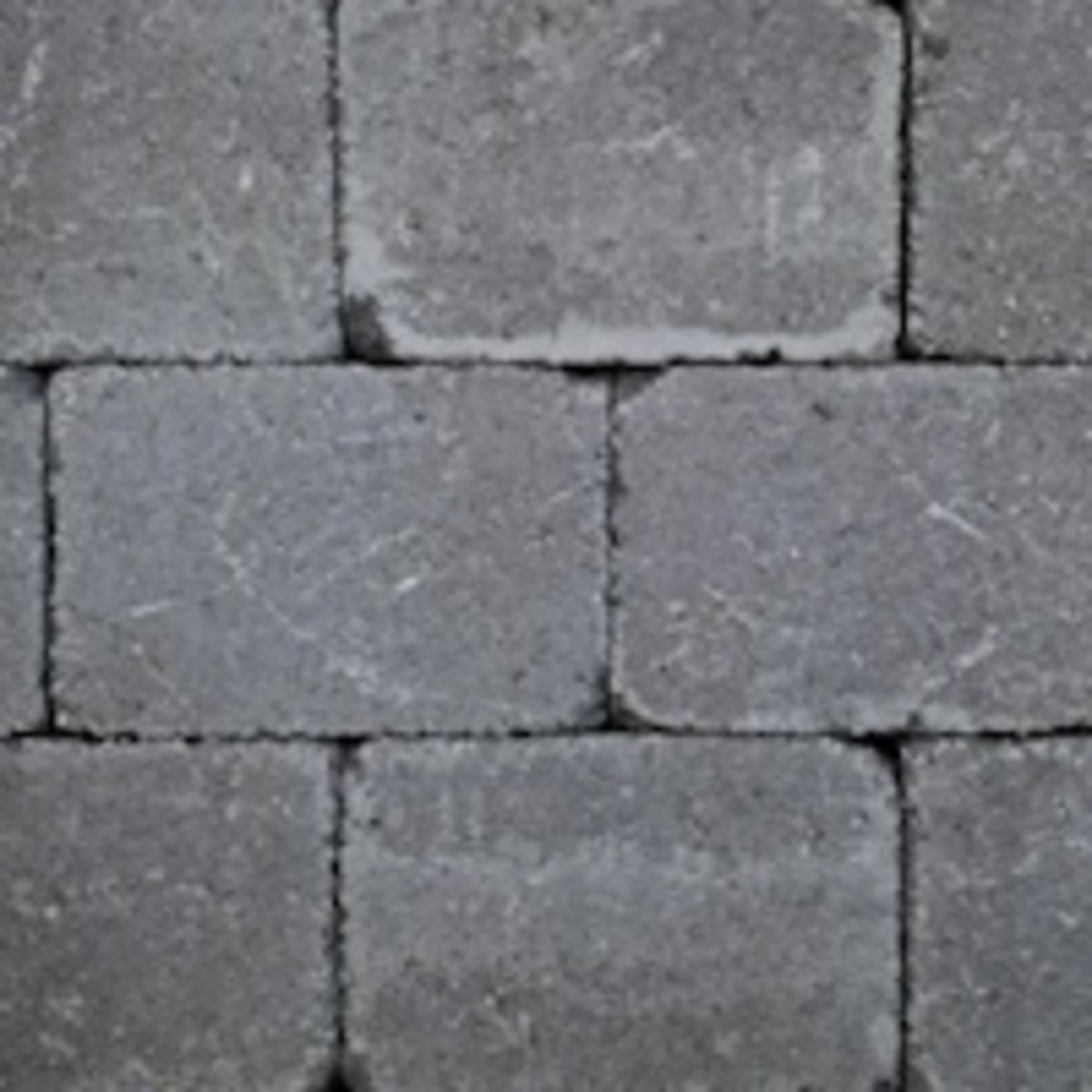

How do you fix deck stairs in brick, pavers or paving?
Normally, you can just use plugs and screws to attach your deck stairs to a wall or ground surface made of brick, pavers or tiles.
For wooden deck stairs: use the mounting bracket or the fastening brackets with matching dowels, for more details read: How do you fix deck stairs in a hollow brick wall?
For steel deck stairs read: How to fix steel deck stairs in a hollow wall or porous stone?
Note: Plugs push to the side when the screw is screwed in, this way the plug fixes itself in the stone. With brick, bricks and tiles, there is a risk that the stone will crack, especially if it is older and porous.
If that is your case, drill holes that are Ø5mm wider than the plug, inject some chemical anchor into the hole and insert the plug. When the chemical anchor has hardened, you can fix the deck stairs in the holes with screws.
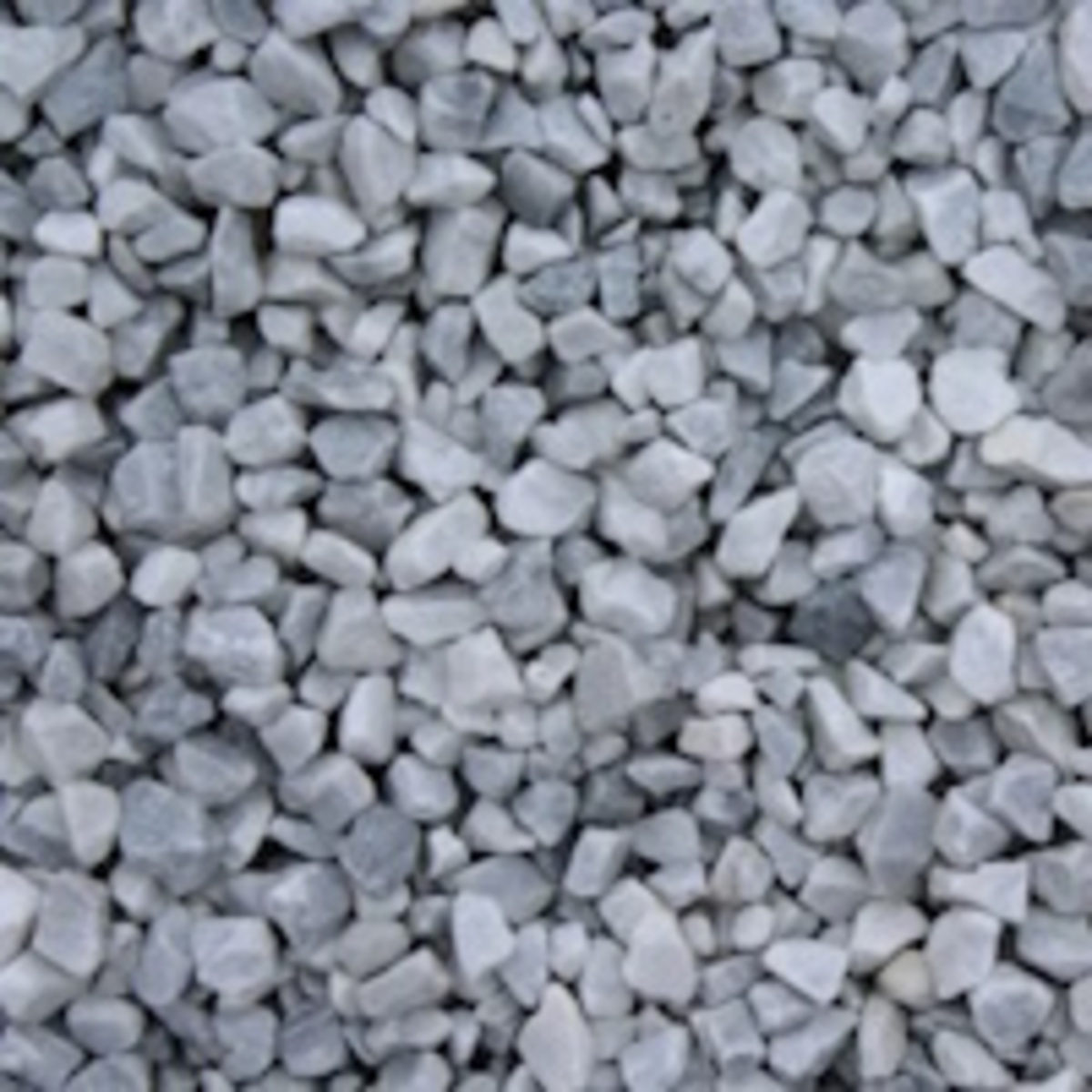

How do you fix deck stairs on gravel or a grass surface?
Well, that's tricky!
In any case, make sure that your deck stairs are fixed to the wall in an excellent way; fixing them to the ground is then of less importance.
But of course you want to prevent your garden stairs from sinking into the gravel, sand or grass!
You can, of course, make things difficult by pouring a concrete plinth on which your garden stairs will stand.
That's certainly a good solution, but also a lot of work.
You can also dig a thick garden board (preferably hardwood) or thick wooden beam into the ground under your deck stairs. The weight of the deck stairs and users will then be spread over a larger area, so there is hardly any chance of sinking. (For the record, a concrete plinth can also sink).
Do you still want to secure that beam or plank in the ground? Then you could use a ground anchor, but that seems a bit redundant to me personally.








